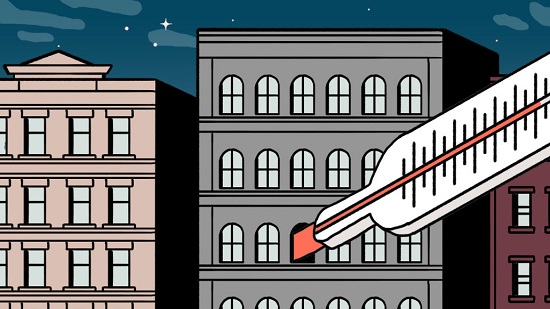 Friday, September 27, 2024
Friday, September 27, 2024  Friday, September 27, 2024
Friday, September 27, 2024 
Q: I live in a large Manhattan apartment building and I’m increasingly worried about the risk of contracting coronavirus in the lobby and other common areas. What should my building be doing to keep residents safe?
A: With a rising number of confirmed coronavirus cases in the New York City area, and about 100,000 worldwide, people are understandably anxious about how to protect the spaces they move in, be they subways, office cubicles or apartment buildings.
Coronavirus guidelines published by the Centers for Disease Control and Prevention “are based on evidence that the virus is transmitted primarily through respiratory droplets — the large, sometimes visible droplets expelled when someone coughs or sneezes,” Joseph G. Allen, the director of the Healthy Buildings program at Harvard T.H. Chan School of Public Health, wrote in The Times on Wednesday. “Thus the recommendation to cover your coughs and sneezes, wash your hands, clean surfaces and maintain social distancing.”
While he noted that buildings of all kinds “are highly efficient at spreading disease,” city officials currently see common areas, like lobbies and hallways, as low-risk areas because you’re rarely in close contact for a prolonged period with your neighbors there. There’s a better chance of contracting the virus from a co-worker who sits three feet away, or a family member or roommate.
Earlier this week,the New York City health commissioner, Oxiris Barbot, described the risk in building common areas as “casual, at best,” adding that evidence suggests that the virus is not transmitted through ventilation systems. “This is not an illness that can be easily spread through casual contact,” Ms. Barbot said.
Keep reading in the New York Times
The next publication deadline is Friday at noon